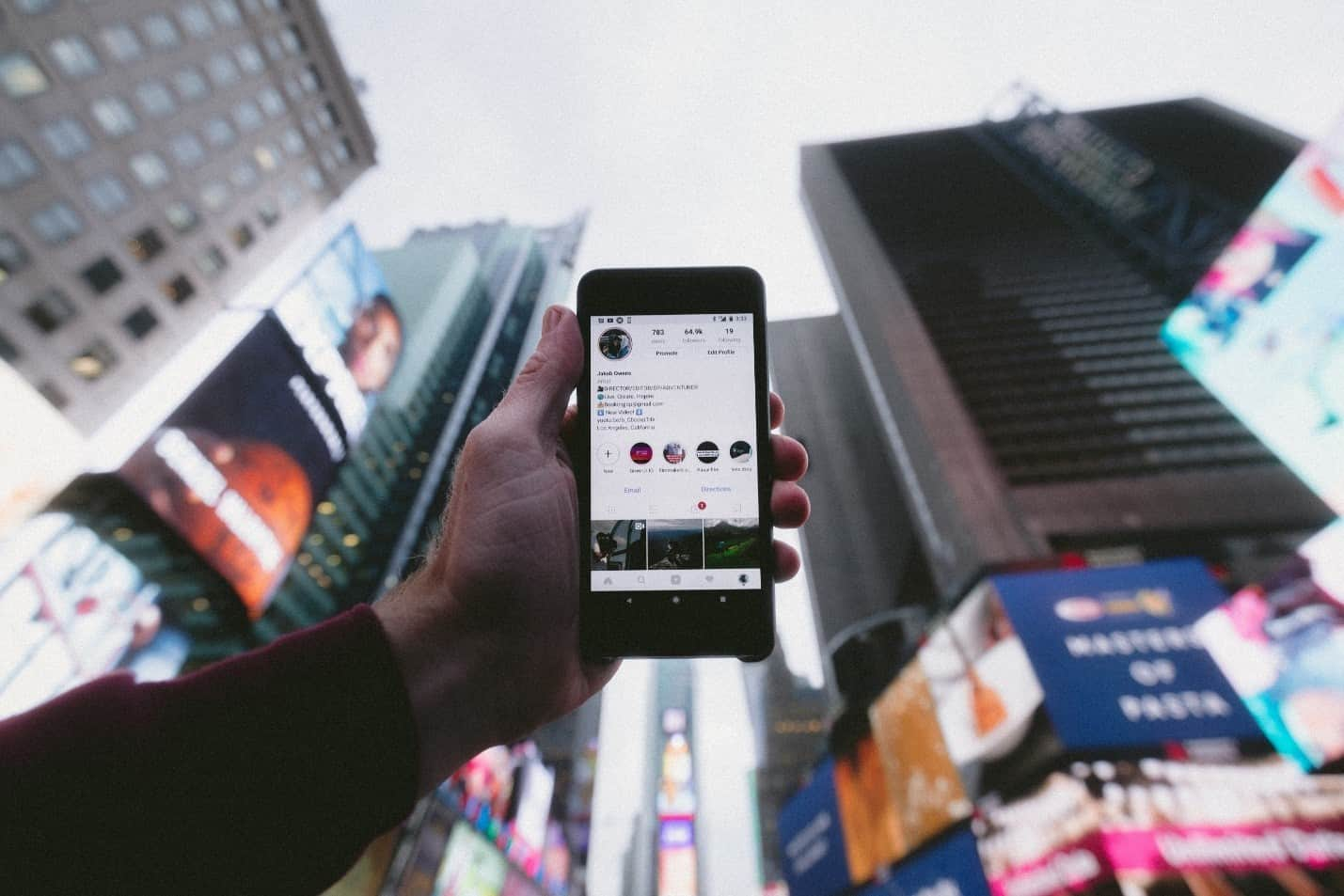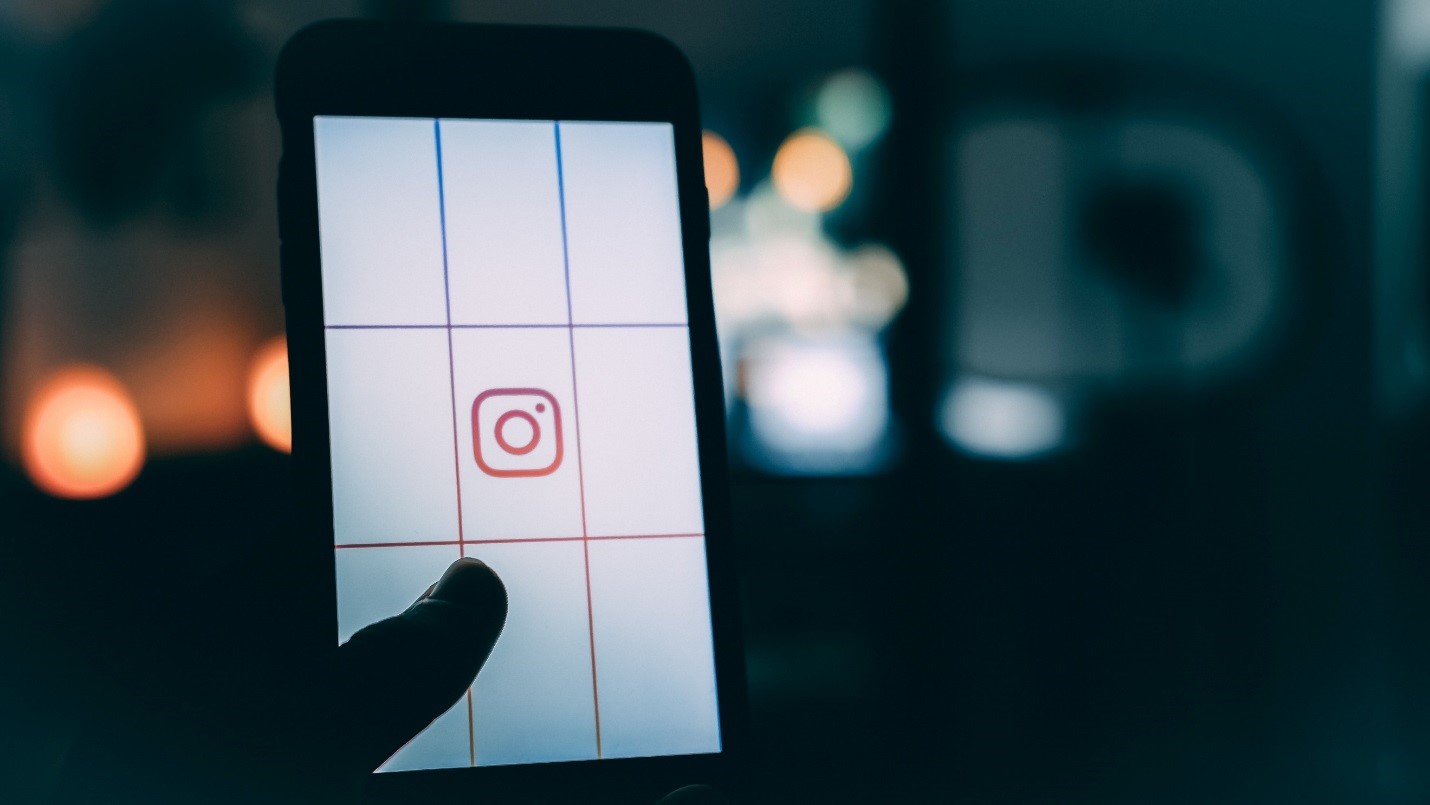
Instagram scams have become overwhelmingly popular with cybercriminals. Social media has made it easy for strangers to earn your trust by impersonating people or brands. Sometimes, these fraudsters spend weeks talking with you before pulling their scam. As this risk rises, you’ll need to know the signs of a scam to avoid being robbed of your money and/or identity.
As our digital lives continue to grow, online scams have evolved to become more deceptive. Instagram phishing is just one of many believable schemes that can easily claim you as a victim. So, learning how to identify an Instagram scam is essential for all users on the platform.
What are Instagram Scams?
Instagram scammers use various methods to coerce you into being a victim of theft or an attack. Usually, these cybercriminals are seeking something valuable, like money or confidential information. Some may even try to use you as a vehicle to spread malicious code to loved ones or co-workers.
In any case, you’ll find yourself making a decision that could affect yourself and those around you. The trouble is that the scammers don’t always make it easy to remain rational. Effective scams tend to tap into your emotions and pretend to be trustworthy. The best scammers pay close attention to detail and make it hard to dispute their authenticity.
Your best defense is to be aware of the more popular schemes on Instagram.
Instagram Phishing Risks
Instagram phishing is the most common way scammers hijack your identity and personal accounts. Phishing involves a message that urges or persuades you to take action, usually requesting money or account login details.
Fraudulent messages are disguised as a trusted person or brand you might know, and the illusion of authenticity can be just enough to trick you into giving the hacker what they want.
Instagram itself has identified the following scams:
- Romance - fraudsters ask you for money after gaining your trust, usually through means of flirting or seduction.
- Lottery - scammers claim you’ve won something and request a fee to give you the reward.
- Job - fraud offers to help you earn money if you provide banking info for direct payment.
- Loan - schemes claim to let you borrow money instantly for an advance fee.
- False Investment - scams lead you to make a small investment with claims of growing your money. Cash flipping scams are especially relevant on the platform.
- Paid Subscription fraud - deceives you into paying for discounted access to services like music or movie streaming.
Other specific scams might be a threat to you as well:
- Fake Influencer sponsors - try to fool growing Instagrammers out of their banking details by pretending to be a real brand offering an advertising deal.
- Instagram phishing email - scams might urge you to use a fake login link to appeal against a terms of service strike on your account. Other emails claim suspicious activity that they’ll ask you to log in and verify.
- Giveaways - ask that you give personal info, make a payment, or log into a site in exchange for a prize.
As you can see, phishing relies on gaining your trust or playing on emotions to deceive you. If you’re not careful, you could easily be scared or coerced into becoming a victim.
It’s worth remembering that scammers don’t always rush their plots, and it might take anywhere from days to months before the scam launched.
Eventually, any Instagram fraud scheme has some sort of "ask." This is the biggest red flag to look out for. If a brand or person has asked you to do something that might put you at risk, you might become a scam victim.

Scammed on Instagram? What to Do Next
If you’ve fallen for an Instagram scam or believe you might be a victim — you should take steps to minimize the damage.
This is because the personal information you’ve handed over could be used to:
- Steal your identity
- Drain your bank accounts
- Breach any of your online accounts
- Ruin your credit
- Spread malware to people you know
With this knowledge, you can act quickly to lock the hacker out of your life long-term. You should also be able to undo some or all of the immediate problems they’ve caused you.
Here are some tips to take action:
Check your bank accounts and credit cards. Browse all your bank activity and statements for anything you don’t remember doing. A scammer that’s got your financial info might make transfers or purchases from your accounts. Don’t just look for big purchases — cybercrimes might keep their spending limited to small splurges. Sometimes, purchases as low as a few dollars have been discovered. If you’ve spotted anything odd, report it to your bank or credit institution to halt any future use.
Change your passwords. You'll want to change your Instagram password to be safe. But you might have compromised several other accounts if you used a fake login form. If you’ve ever reused passwords and usernames, a scammer can break into more of your accounts. So, be sure to change passwords across all your essential accounts, like banking, social media, email, and anywhere you pay bills or shop online.
Use unique passwords for every online account. In addition to changing your passwords, be sure to make each one challenging and different. If it's easy for you to remember, it might be easy for a hacker to guess. Passphrases filled with a variety of character types will help you stay secure. Random character strings are the absolute best option. To remember all of these new passwords, we suggest you use a secure online vault like Kaspersky Password Manager.
Check your credit and freeze it. Scammers have been known to create new bank accounts and incur all sorts of debt in your name. In case your identity has been stolen, it’s wise to check your credit scores and reports across all three of the major institutions. In the US, Experion, Equifax, and TransUnion each gather info differently, so you’ll want to check all of them (if you’re not a citizen of the United States, you should check your own country’s institutions). Freezing your credit is another vital step towards limiting the issues caused by known identity theft.
Use an ID theft checker service. Services like these will monitor any suspicious activity across your credit, tax returns, investments, etc. To keep an eye out for any other data breaches, Kaspersky Security Cloud offers constant monitoring and tips to protect yourself.

How to Protect Yourself Against Instagram Scams
Instagram phishing seems to be sticking around, so you'll need to be prepared to deal with it. Here are some reliable ways to spot and avoid being a victim of Instagram fraud.
Best Ways to Avoid Fraud on Instagram
If a message asks you to “give” something, watch out. Fraud usually mentions bank accounts, selling something, or asking for other personal info. This might include logging into an account or being asked to make a payment for something. If you’ve received any direct messages or emails you find suspicious, proceed with caution.
Enabling two-factor authentication allows you a secondary checkpoint for account logins after your password has been used. This checkpoint requires the person logging in to verify by using another account or device that you own. Types of 2FA offered might include text message, email, in-app prompts, biometrics, or even a physical USB key.
Never use a login link through a message. Always use an official URL and login directly to your accounts. This is especially true for Instagram phishing email fraud. Scammers are hoping that you'll react to the urgency in their messages and click to login without thinking rationally. Always pause and seek out the real URL. If there is a real problem, an authentic login will make it clear. You can also follow up with an official support email, chat, or customer phone number to confirm.
If it sounds too good to be true, it probably is. Giveaways, jobs, and other scams get you excited to cloud your judgment. It’s safer to assume that these are rarely ever authentic. If you are unsure, you can contact brands through official channels directly. Search the web for their real website and contact them to ask about the details.
Always search for official accounts before responding to messages. You may be able to spot authentic brands and people by searching for verified accounts (ones with the blue check next to username). Big brands will have links to all official social media from their official website. No Instagram link on their website might mean the brand doesn’t have an official Instagram account.
If a stranger follows you, be suspicious. Many scams involve strangers gaining your trust by building a relationship with you. It is wise to block unknown followers or those who don’t share any mutual followers with you. It might even be better if you set your account to private and only allow people you know to follow you.
If someone you know sends a strange message, contact them directly. Reach the person offline with a phone call or talk to them in-person. Ask them if they sent the message. A scammer may be impersonating them and targeting you along with other people they know. They may need to report the account and warn the people around them.
Use an anti-virus program across all your devices. You’ll want to protect yourself from any malware that might have embedded itself into your device (if you’ve clicked a suspicious link). Software like Kaspersky Internet Security offers protection against such malware, as well as, viruses, ransomware, and even helps to block phishing.
Related articles:



